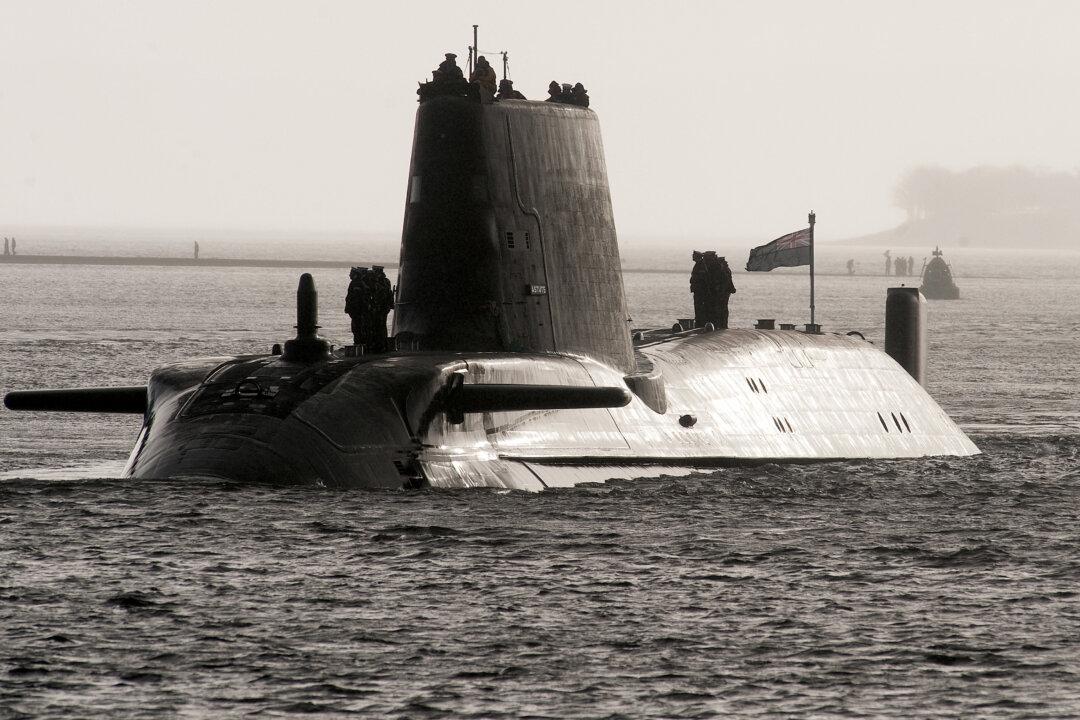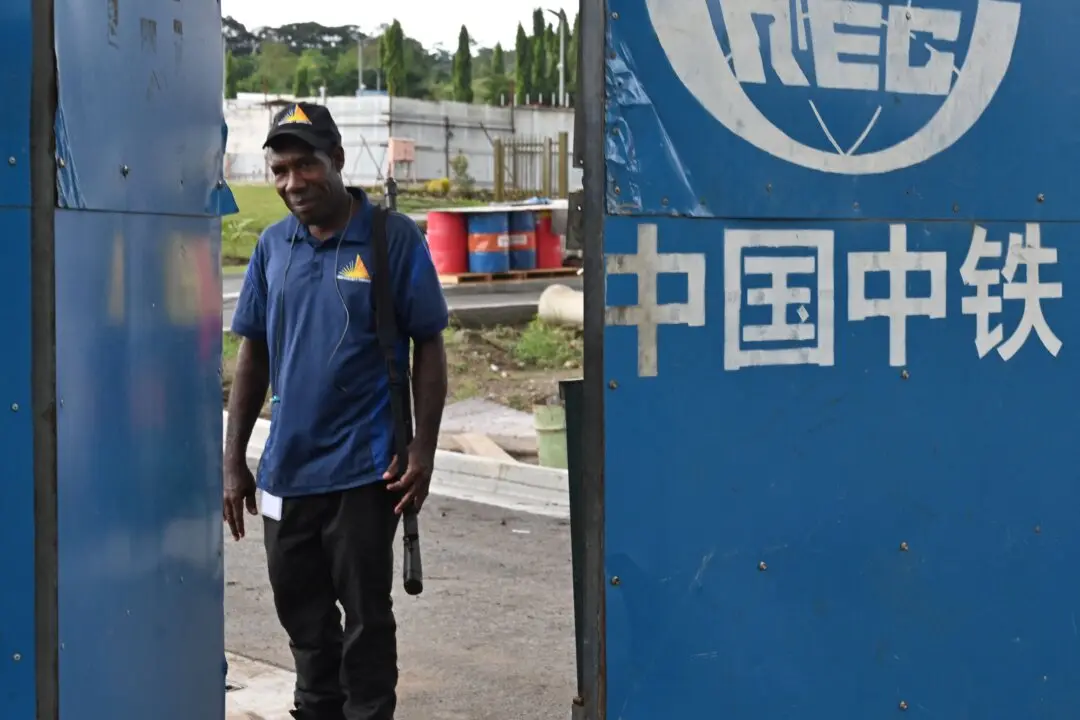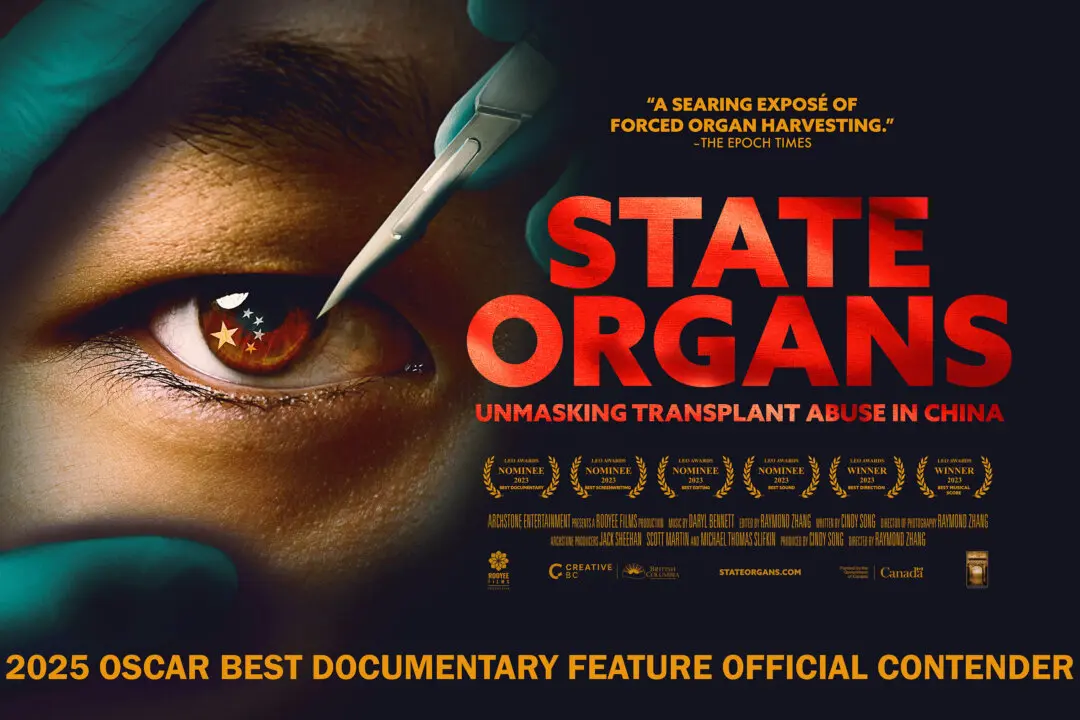Former soldier and now-federal MP Luke Gosling says Australia should increase its nuclear-powered submarine fleet to 12 vessels, instead of stopping at the planned eight under the AUKUS deal.
The tri-nation AUKUS deal was unveiled in 2021 and will see the United States and the UK arm Australia with nuclear-powered submarines to counter Beijing’s military build-up in the region.





